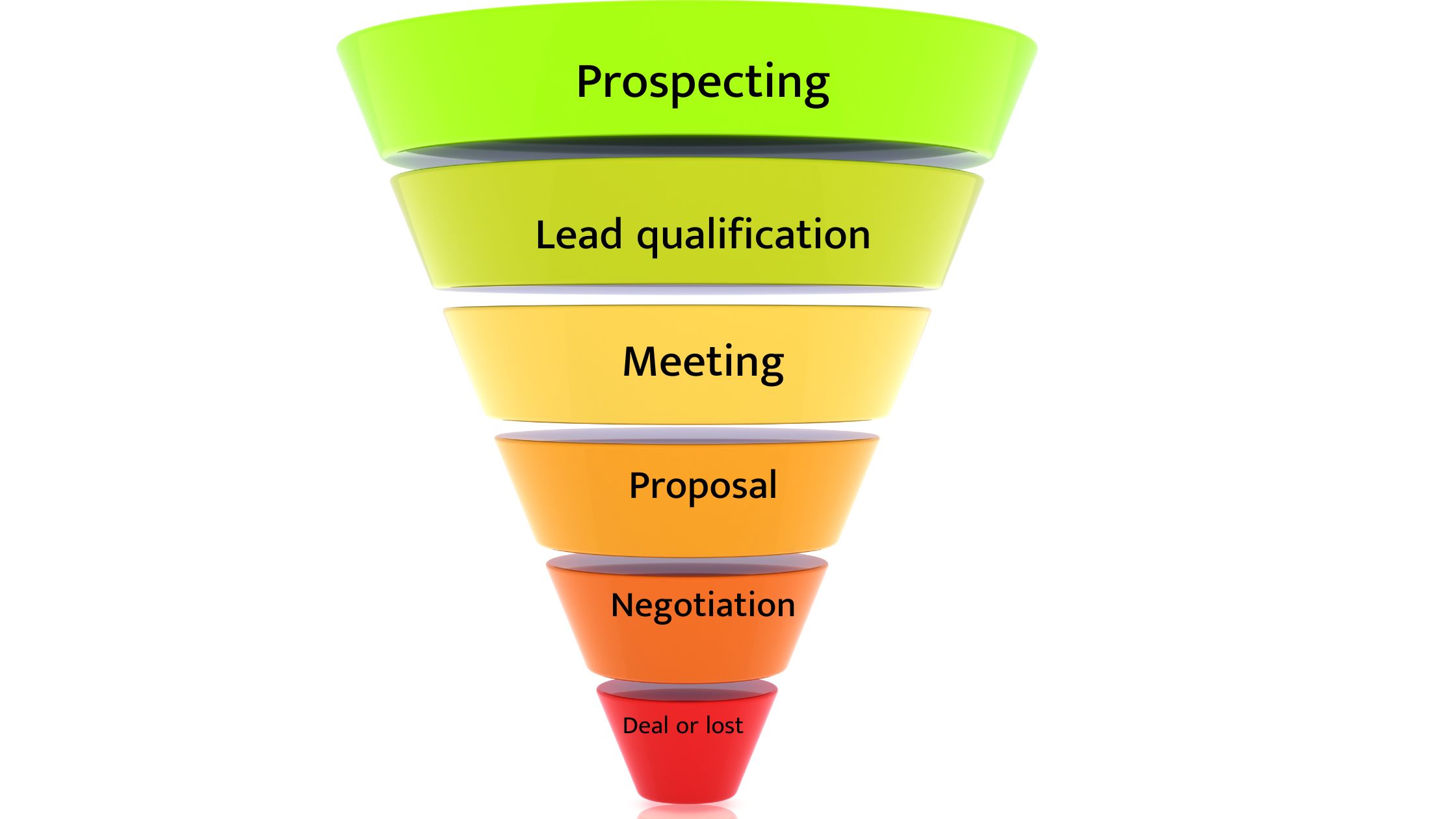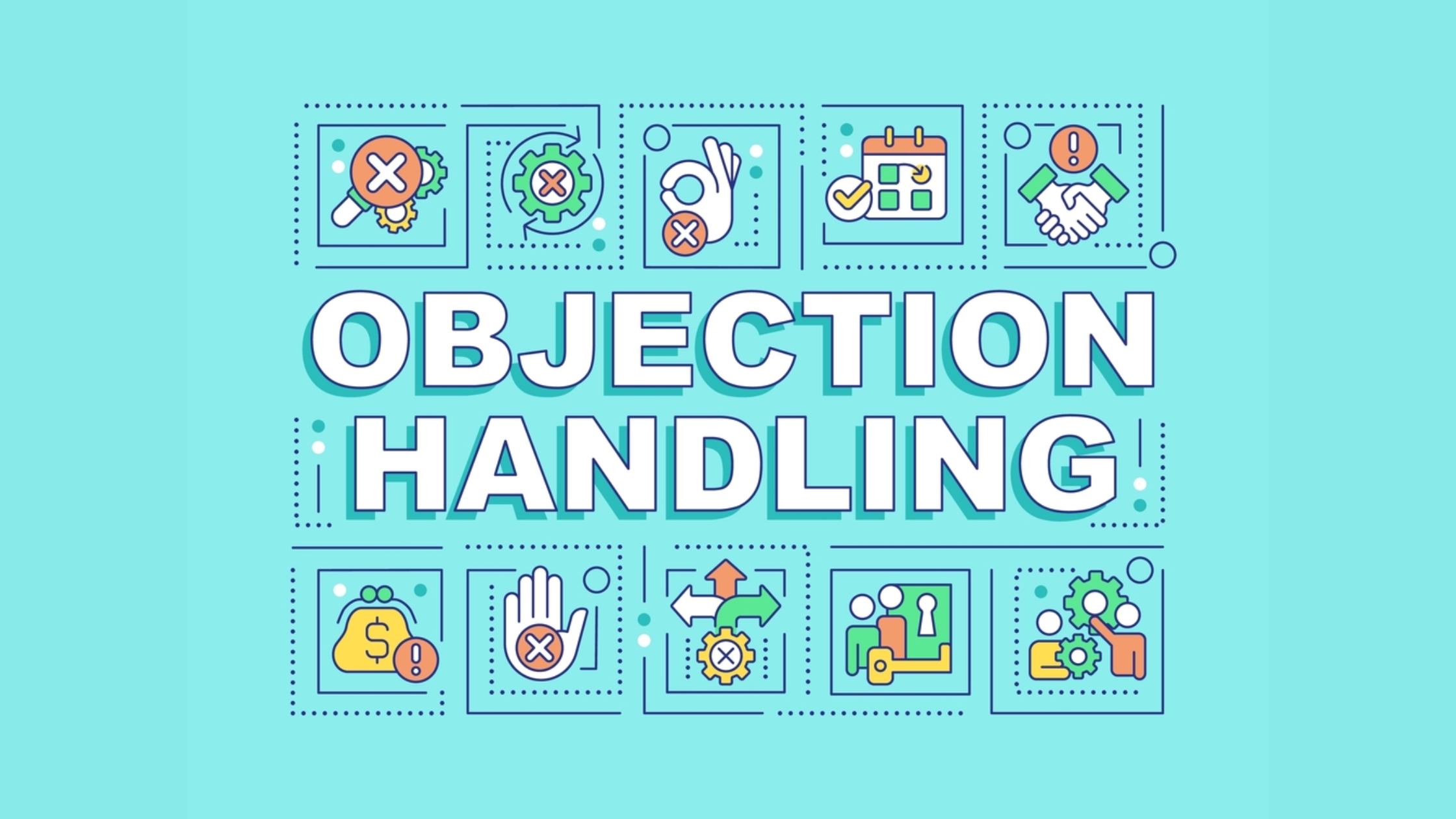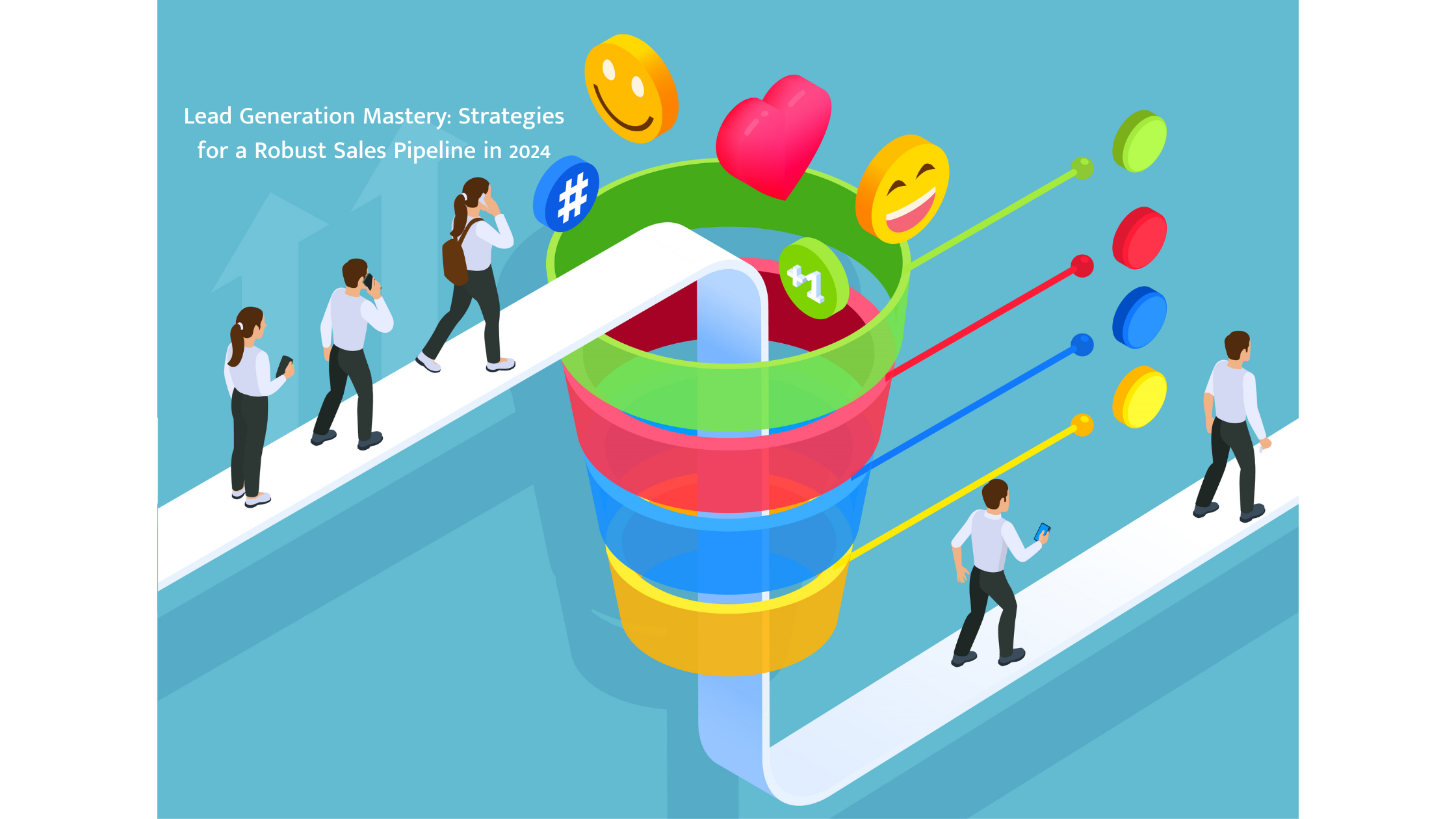Regardless of your sales prowess, objections from potential customers are inevitable. While some perceive objections as hindrances to closing a sale, seasoned experts regard...
Sellers often prioritize the “close” like a chef focusing solely on garnish; it may make a dish look good, but it’s not the entire meal. The best sellers, much like skilled chefs, understand that the whole cooking process matters.
That’s where a robust sales pipeline becomes crucial. It offers the recipe and guidance needed to build strong relationships and consistently achieve successful deals. Though it might seem like a daunting task, in this blog, we’ll guide you through the steps of creating a healthy sales pipeline, making it as digestible as a well-crafted dish.
What is a Sales Pipeline?
A sales pipeline is like a map that shows where all your potential customers are in the process of buying from you. It’s a tool that helps you determine how much money you might make and how well your business is doing. Think of it as checking the pulse of your business.
Picture a pipeline like a river. If there are issues at the source of the river, it can lead to problems downstream. Managing your sales pipeline helps you spot and fix small issues before they become big ones that hurt your profits. It also helps you predict how much your salespeople might sell in a week, month, or three months. It’s like having a crystal ball for your business’s future.
Sales Funnel Vs. Sales Pipeline: What’s the Difference?
Sales pipeline and sales funnel are often mixed up, but they’re not the same.
Think of them like two different tools, each with its own job to do.
Image Source – Sales Funnel Vs Sales Pipeline
A sales pipeline is all about deals. It’s like a road map that shows every step your sales team takes to turn a potential deal into a closed one.
On the other hand, a sales funnel is about leads. It’s like a filter that tracks the stages people go through before they become your customers.
So, while they might seem similar, they’re two separate tools for different parts of the sales process.
What are the Steps in a Sales Pipeline?
Think of the stages in your sales pipeline like checkpoints on a journey. They’re like road signs that show your sales team what to do next to seal the deal. Each stage needs attention and a focus on making the customer happy.
Image Source – Freshworks
If you own a business that follows a usual B2B sales process, here’s what your sales pipeline steps might be:
1. Lead Generation
This is where you find potential customers for your business. You can do this through different methods, some of which cost money, and others don’t. The objective is to let others know that your business exists. You create a picture of your ideal customer profile (ICP) and then go looking for people who match that picture through advertising and other efforts.
2. Lead Qualification
After you find someone who might be interested in what you’re selling, you need to make sure they’re a good fit. This step is like the first hint that you might have a successful deal on your hands.
3. Initiate Contact
Once you’ve spotted a promising lead, it’s time to reach out and get in touch with them. Your goal here is to learn about their business and what they need, so you can figure out how your services match their needs.
4. Schedule a Meeting or Demo
If your initial talk with the lead goes well, you might set up a meeting or a demonstration to show them more about what you offer. This is where you get into more detailed discussions.
5. Negotiation
If the lead is interested, this is the stage where you haggle and agree on things like the price, the services you’ll provide, and the terms and conditions. It’s all about making a deal that’s good for both sides.
6. Closing the Deal
Finally, when everything is settled and the lead is ready to buy, you record the outcome of the deal. If it’s a success, you mark it as a win. Sometimes, the lead might not be quite ready to buy, and in that case, you keep in touch with them for the future.

Remember, these stages can look a bit different depending on the industry. But this gives you a general idea of how a B2B sales pipeline works.
How to Build Your Own Sales Pipeline in 6 Steps
1. Organize Your Prospects
The first step is to gather all your potential customers and sort them into different stages of your sales pipeline based on where they are in their buying journey.
For instance, if a prospect receives a promotional email, they’re in the ‘initiate contact’ stage; if they request a product demo, they’re in the ‘schedule demo’ stage. Properly categorizing prospects helps you manage opportunities effectively.
2. Assign Sales Activities
To bring clarity to your sales team, it’s crucial to define and allocate sales activities at the beginning of each deal.
For instance, if the first stage of your pipeline is ‘initiating contact,’ tasks could include creating and sending emails, tracking email metrics, and making phone calls. Assigning responsibilities for these activities is essential for a smooth sales process.
3. Determine Sales Cycle Length
Your sales pipeline relies on the length of your sales cycle, which can vary depending on factors like product complexity, customization requirements, and lead sources. By optimizing these aspects, you can control the duration of your average sales cycle.
4. Set Ideal Pipeline pipeline size.
Calculating the number of deals your sales team should pursue is crucial to meeting revenue goals. Keep in mind that not all deals will convert, so aim for a larger number.
For example, if you want to close 250 opportunities, you may need to pursue at least 500 prospects. Divide your quarterly revenue target by the average deal size to determine your team’s monthly or quarterly sales targets.
5. Remove Stagnant Deals
Over time, deals become less likely to succeed, so it’s vital to monitor and remove stagnant ones. Keep an eye on deals that exceed your sales cycle length and prioritize them. A CRM system can help automate this process, ensuring your pipeline stays fresh and active.
6. Define Pipeline Metrics
Sales pipelines change constantly, so tracking key metrics is essential for monitoring pipeline health. Regularly reviewing these metrics will help you understand how many deals your team needs to bring in to meet targets and generate profits.
Top 6 Metrics to Measure Sales Pipeline
1. Number of Deals in Pipeline: It’s essential to know how many opportunities your sales team is currently pursuing. You can determine this by counting the qualified opportunities in your pipeline.
| Number of deals in pipeline = Number of qualified opportunities in the pipeline |
2. Average Deal Value: Each potential sale carries a certain value. While the final deal value may change, having an approximate value helps you forecast revenue. Don’t focus solely on the biggest deals; pay attention to prospects showing genuine interest in your product.
| Average deal value = Sum of value of all deals won / number of deals won |
3. Average Win Rate: Many opportunities enter the pipeline, but not all result in a sale. Tracking the average win rate, and the ratio of qualified leads to opportunities helps you understand conversion rates and improve sales performance.
| Average win rate = Qualified leads/opportunities |
4. Conversion Rate or Lead to Opportunity Ratio: This metric evaluates the ability of your sales team to turn opportunities into leads. It showcases their determination and indicates areas for improvement in the sales process. While it’s a valuable metric, it doesn’t provide a complete picture of a salesperson’s effort to bring in new leads for the future.
| Lead to opportunity ratio = Closed deals / total deals in the pipeline |
5. Sales Cycle Length: This metric measures the time it takes for a lead to progress through the sales pipeline stages. It varies based on the complexity of the product or service and the deal size. Smaller deals typically have a 3-month sales cycle, while larger ones can span 6 to 9 months. The length may also depend on the target market, being shorter for SMBs and longer for enterprises due to the various processes involved.
6. Pipeline Value: The total worth of all deals within your sales pipeline is referred to as pipeline value. It’s a crucial metric for revenue prediction and strategic planning.
| Pipeline value = Total worth of all deals within the sales pipeline |
The Bottom Line
Knowing what a sales pipeline is and tracking the right sales pipeline metrics is essential for the success of your sales team and business. By monitoring the number of deals, deal values, win rates, conversion rates, sales cycle length, and pipeline value, you can make informed decisions, improve performance, and plan for the future.
If you’re ready to take your B2B lead generation to the next level, consider exploring our B2B lead generation services at DealsInsight. We’re here to help you turn these insights into action and drive growth for your business.
Contact us today and let’s work together to fuel your success.




